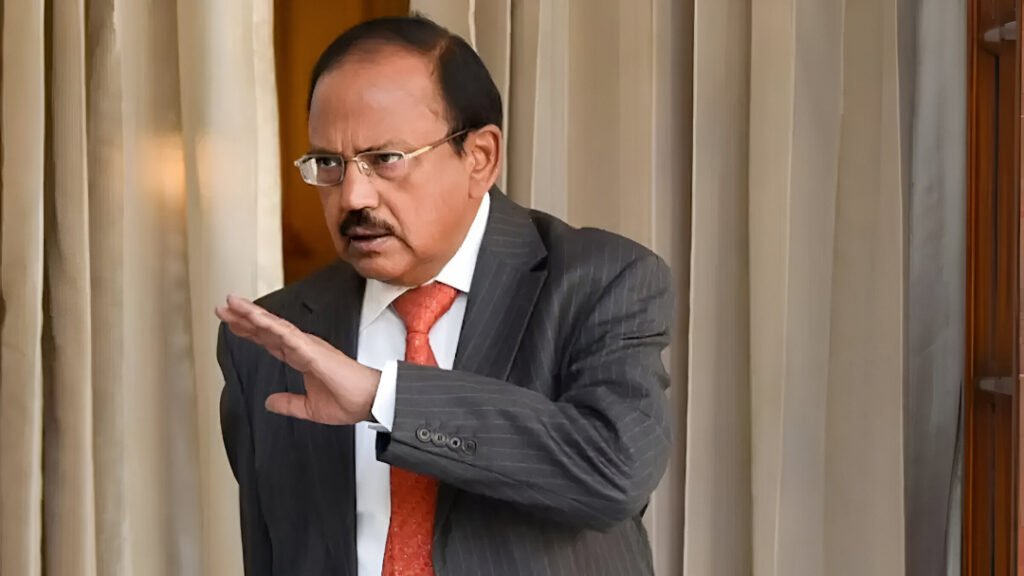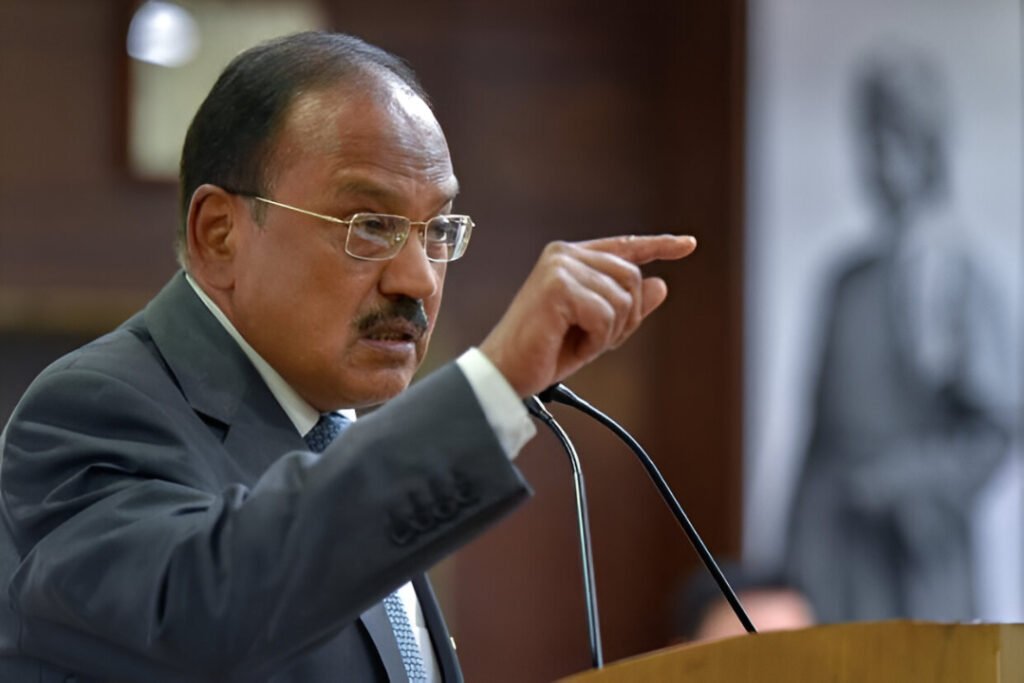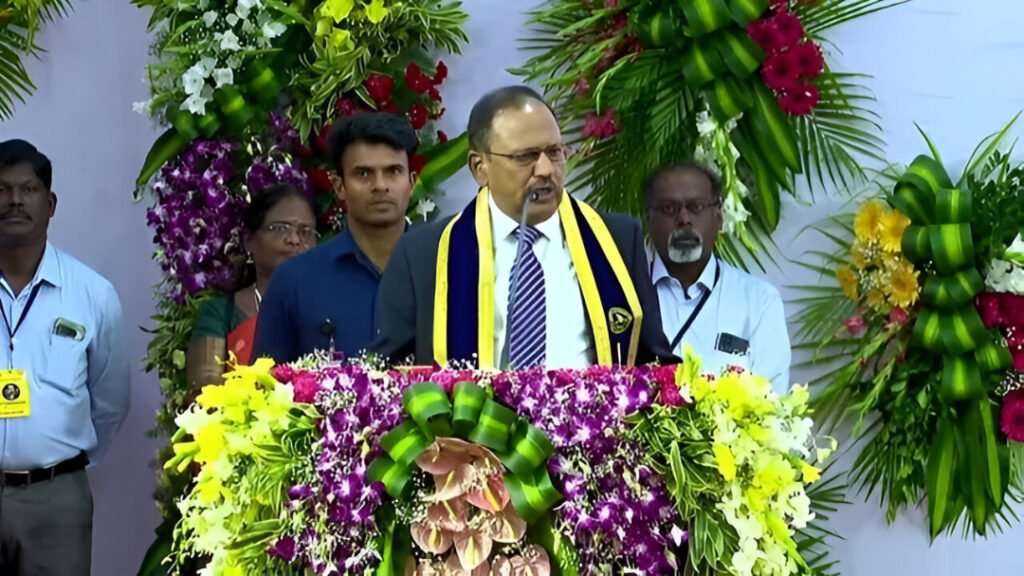
Operation Sindoor: India’s Sharp Response Against Terrorism
India initiated Operation Sindoor in retaliation to the merciless terrorist attack carried out by the Pakistan affiliate group “The Resistance Front” (TRF) in Pahalgam, Jammu and Kashmir, which rampantly gunned down 26 civilians. The operation was put into place on the 8th of May, 2025, and it made use of the air force to hit nine terrorist training camps with precision strikes both in Pakistan and in the occupied Kashmir region. India’s National Security Advisor (NSA), Ajit Doval, highlighted the importance of striking only the intended targets, stating that no civilian or military sites where infrastructure was devised to house soldiers were targeted.
Ajit Doval’s Challenge: “Prove that there was damage in India.”
During the 62nd IIT convocation in Madras, Ajit Doval openly challenged claims by the foreign media and other critics that suggested that there were Indian casualties or infrastructure damage during Operation Sindoor. He boldly stated, “Show me one image that shows even a broken glass pane in India,” calling out for those who relied on Pakistani narratives to present evidence. He further highlighted that prior to the 10th of May, all satellite images from 13 Pakistani air bases and independent evaluations depicted no claim of destruction on Indian territory, thus validating his point.
Exposing Misinformation: Foreign Media and Propaganda

Doval specifically targeted the Western media for what he referred to as manipulative reporting regarding the Sindoor operation. He claimed that foreign media simply accepted Pakistani narratives without any scrutiny. He mentioned, “They wrote these things, but all satellite imagery only showed changes across Pakistani air bases.” Doval encouraged skeptics to provide evidence of Indian losses to substantiate their claims. These comments highlight the need for accurate journalism and the risks associated with propaganda from one’s opposing side.
Indigenous Technology: A Showcase of India’s Self-Reliance
During the course of the speech, Doval mentioned India’s self-reliance in military technology as one of the highlights of the Sindoor operation. He remarked with pride that the strikes were mounted with Indian BrahMos missiles as well as sophisticated radars, which showed India’s advance towards self-reliance in defense technology. He also appreciated the Indian private sector, which, in a matter of weeks, put together a 5G alternative that greatly reduced reliance on foreign systems, thereby helping safeguard the country’s critical assets.
Strategic Triumphs and National Pride

Doval regarded Operation Sindoor as “a proud moment for India,” adding the mission “missed none” of its targets and did not cause any collateral damage. In just 23 minutes, the operation was carried out in a criss-cross fashion over nine terrorist hubs deep within Pakistan, avoiding border areas to minimize escalation risks. India’s so-called damage-less operations have been perceived as showcasing India’s sophistication regarding technology and strategy.
Looking Ahead: India’s Call for Alertness and Ingenuity
Turning to the audience, Doval’s final appeal was directed towards India’s youth and scientific circles in technological fields such as AI and secure communications, urging them to inspire further innovations. He recounted India’s civilization history, reminding the graduates of the nation’s enduring strength alongside the grateful sacrifices that have kept her safe. As India approaches the centenary of its independence, Doval has called to action the upcoming generations to step up and hybridize pragmatism and visionary strategies while hoping to navigate through increasingly dangerous geopolitical waters.











